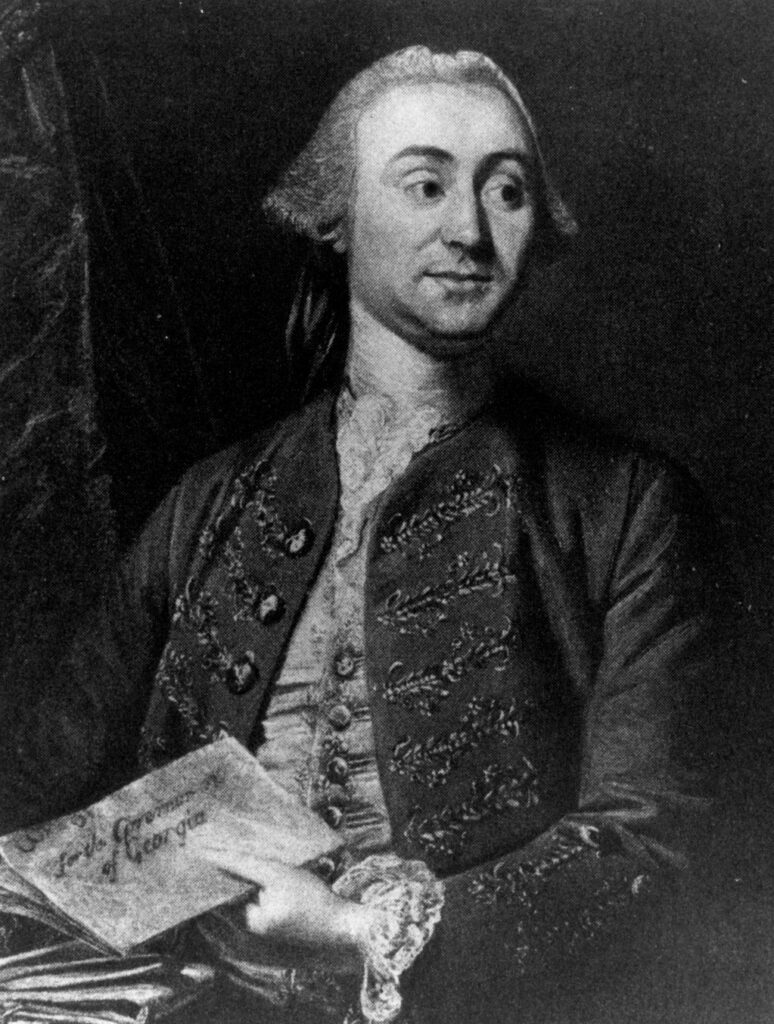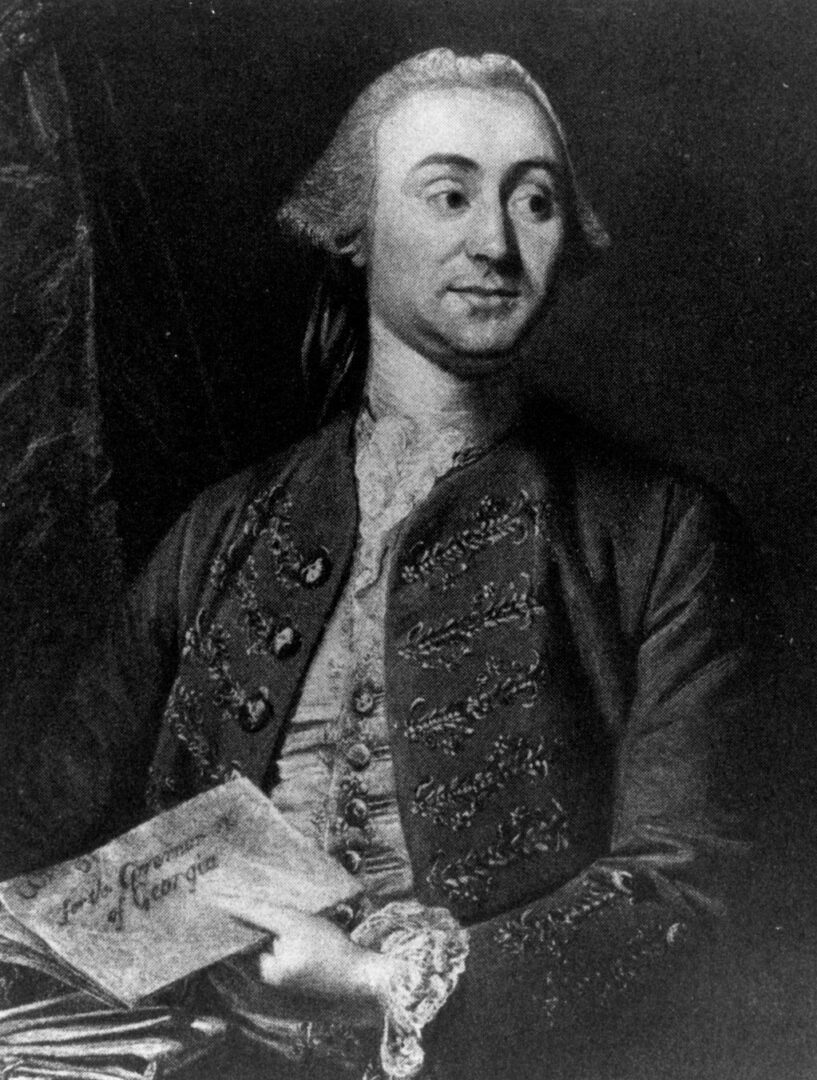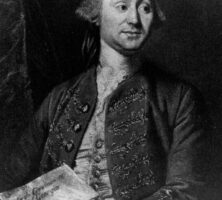From the arrival of the first British settlers in February 1733 until the onset of the American Revolution (1775-83), the military in colonial Georgia played a fundamental role for the British Empire by protecting the southeastern frontier of its American colonies.
Georgia, initially founded as a defensive proprietorship to protect the more-settled colony of South Carolina, periodically saw small detachments of the regular British soldiers assigned to it, but the militia and provincial units remained the primary security force in the region throughout the colonial era.
During Georgia’s forty-three-year history as a British possession, the militia (a reserve made up of every man in the colony from ages sixteen to sixty) and the provincial military units, or Rangers (a full-time, paid force recruited from the ranks of the militia), provided the buffer between settlers and the enemies of the British government: southeastern Indians, including Choctaws, Creeks, and Cherokees; French colonists in New France; and settlers in Spanish Florida.
Between 1733 and 1754 a small militia force of only a few hundred men defended Georgia. General James Edward Oglethorpe, the first proprietor and founder of the colony, originally recruited the Rangers to bolster the weak militia in 1734. Although the militia did participate in the military ventures of Oglethorpe, who raided Spanish Florida in 1739 and launched a full-scale invasion of the same area in 1740, the reserve militia was primarily defensive. Since it was generally constituted of farmers who were not paid for their service, the militia drilled sporadically and spent much of its active-duty time as a slave patrol. Despite this poor training, the men performed adequately during the early decades. The militia, Rangers, and the Forty-second Regiment of Foot of the regular army all participated at the Battle of Bloody Marsh in 1742, successfully defending Georgia against a Spanish invasion.

In 1754 Georgia officially became a royal colony under Governor John Reynolds. Reynolds and his successor, Henry Ellis, increased British efforts to improve the frontier military. Since the militia was derived from the entire male population of the colony and had officers commissioned by the colonial governor, this force required strict management to be effective. Reynolds approved the Militia Act of 1755, which established rules for the administration of the primary colonial military force.
In the late 1750s Ellis revived the Ranger companies originally organized by Oglethorpe and employed them effectively to combat an emerging threat from southeastern Indians. In 1760 he used the Rangers to prevent raids from hostile Cherokee and Creek Indians, who were then threatening the South Carolina backcountry. Ellis dealt successfully with the Indian crisis of 1760, but in October a new royal governor, James Wright, arrived to take over the colony.

During the French and Indian War (1754-63), the British government built five military fortifications to defend coastal Georgia from the threat of French and Spanish naval attack. In 1763 King George III sent three companies of the Sixtieth Regiment of Foot to shore up these garrisons. By the mid-1760s, unpopular British taxing policies were taking their toll on colonial allegiance to the British crown. In 1766 Wright personally led the Rangers against a revolt by the Sons of Liberty, a group of colonists angered by the Stamp Act. Wright’s successful use of provincial troops to put down the revolt demonstrated to the colonists that they needed to gain influence over local military units if they were successfully to resist British policy.
Having learned their lesson, the colonial Whig Council of Safety seized control of the militia in late 1775. By this point the Ranger units supporting Wright had been disbanded, and the Georgia militia had grown to nearly 2,500 men. The final military endeavor of the colonial period saw the militia eject British regulars from the colony at the Battle of the Rice Boats near Savannah in March 1776. Even though the British seized the valuable rice, which was the primary objective of their raid, the militia again performed admirably. Following this engagement, the militia played another major role by acting as the primary bulwark against a Loyalist counterrevolution on the Georgia home front during the early days of the Revolution.








